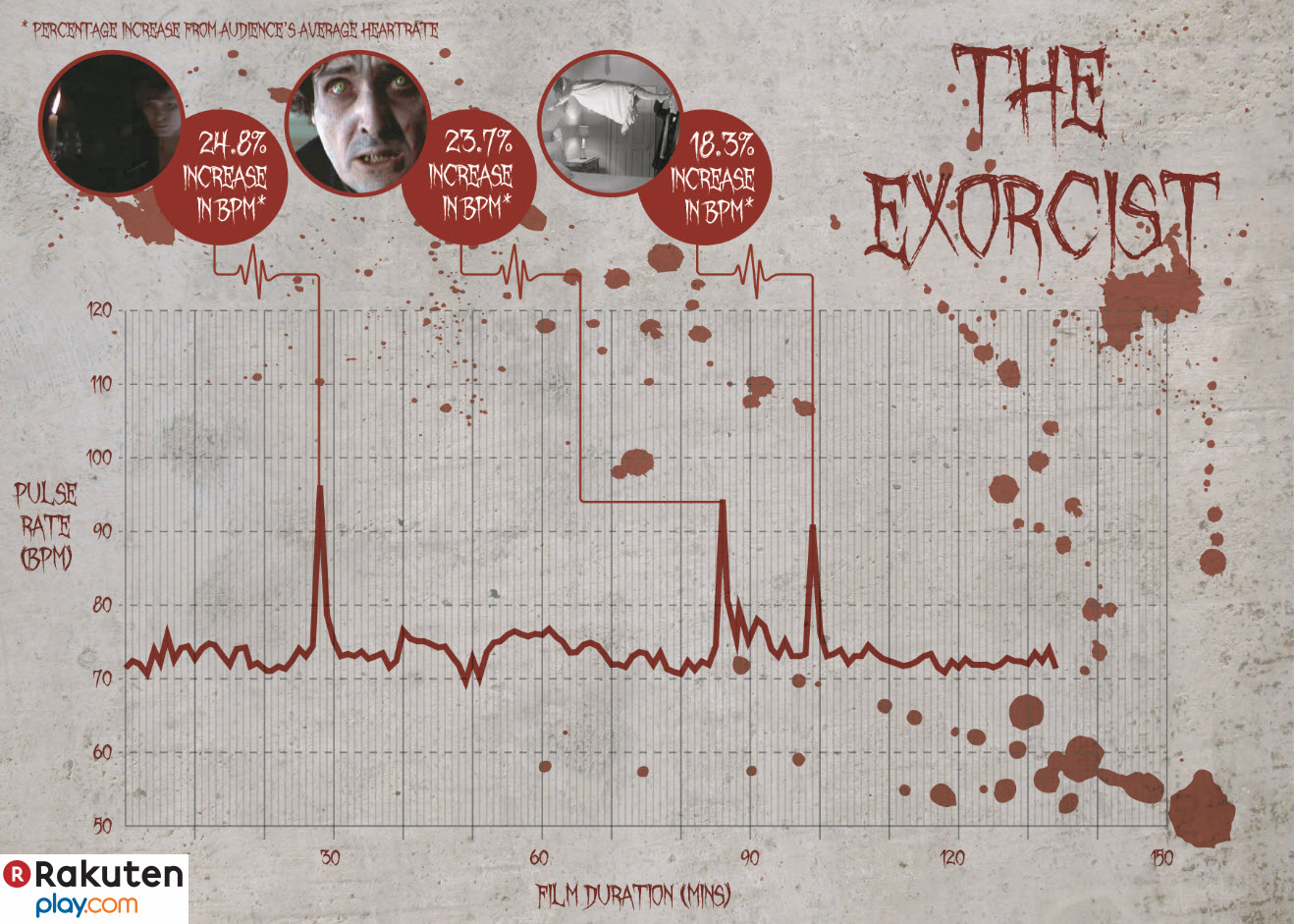By David Taylor, TK Architects International.
February, 2016

Netflix has revolutionized the way we watch TV and Movies but it’s not merely through its online film streaming but through the way it has personalized its content to the viewer. Netflix uses data mining to grossly monitor and create detailed profiles on its 69 million customers [6]. Using these profiles, Netflix used this data to shape how it marketed shows. Netflix users who preferred certain actors were marketed the show with that actor as the main character. Users with history of watching certain genres were marketed a trailer emphasizing the show’s genre.
Many other online companies such as YouTube are emulating Netflix’s success pattern to get better media to customers. So what have movie theaters being doing to personalize its content or market films? Well, not much has changed… Although larger theater chains such as Regal or Cinemark are using new technology such as mobile apps to encourage purchasing tickets or find movies playing near you, the direct customized marketing is still absent from their business model. But, to be fair, there are already many independent online sites or apps which already share movie reviews with friends such as Rotten Tomatoes and Facebook to “get the word out.”
Currently, selecting a movie to watch in theaters can be difficult from a consumer’s perspective.
There are usually about 4-8 movies widely opening in a week and at least 15-20 playing movies in local theaters. Which one do you choose? Movie production companies often saturate media with trailers, encourage reviews, and hope for word of mouth to push their film unto the precipice of the consumer’s minds. Movie reviews, whether they are written critiques or simple ratings, generally help patrons decide whether they should spend their next two hours and $20 on a specific film.
Let us imagine the future of cinema… Let’s focus on how film producers will craft movies and find/inform their target audience. In the next twenty or fifty years, how will cinema patrons select, not just a movie, but the best movie crafted for them? What technology or cultural trends can we extrapolate for the next half century?
Social media sites, such as Facebook, have started to encourage users to post which movies they are watching. Such posts typically lead to follow-up questions from friends similar to “word of mouth”. Facebook, in an attempt to proliferate listing movie watched in newsfeed, has made sharing easier [1]. Via a smartphone’s microphone, Facebook users will have the option to automatically ID the song, TV show or movie – and then post that with a comment on their newsfeed. Although social media is helpful, unless friends post this information AND you search the movie title through Facebook, you are still relegated to select a movie based on expert film reviews or rating.
In another method of review, film production companies often use test screening of a movie before general release in order to gage audience reaction. The preview audiences are selected as a cross section of the population or target audience and are asked to complete questionnaires. Although useful, their self-reported reviews are unreliable [2]. Test subjects may forget which scenes they enjoyed and which ones they didn’t, or they might not be able to articulate how engaged they were. So how would we better review movies in the future?
Exploring alternate methods of review, engagement and film effects on the human body, reporters from The Guardian [3] and the Huffington Post [4] tested movie goer’s engagement in scary movies by using heart monitors while they watched. Amazingly, the results reveal that there is indeed correlation between heart rate and climatic scenes during horror movies. In addition to the studies, heart rate monitors are also increasingly be used on personal fitness trackers. Devices such as Jawbone UP3, Fitbit Surge, and Sony SmartBand 2 are worn all day and seamlessly link with smartphones. Could apps be created that synch movie with heart rate? A user could share with friends their heart rate data with a timeline on a movie. For example, you could share with friends at minute 22 of a movie, your heart rate spiked at 90BPM! It is exciting that this technology is so close to our fingertips. Although heart rate does assist in reading viewer’s engagement, it doesn’t tell the entire story.
New technology such as an emotion sensing program called Affectiva [2] from a company with roots in the Massachusetts Institute of Technology is an exciting development. Originally developed to assist autistic children in communicating emotion, the software uses video to track a user’s facial expressions to gage their emotion. The technology also allows for a person’s heart rate to be measured from a webcam without wearing a physical device. It is accomplished by precisely reviewing the color change in a person’s face which pulses each time the heart beats. Affectiva’s use has instantly been realized for online media surveying as most mobile phones, laptops and computers have webcams or cameras to monitor the user’s expressions as they watch media.
Imagine an app that could share your film engagement level with their friends! Exciting moments in the film could be benchmarked where your heart rate climaxed. You could share a movie rating instantly online! Imagine how valuable this instant feedback could be to film companies. Patrons who liked similar films can be directly marketed to via social media. You could, at any time, see which films from each production company are best suited to your liking! Movies, such as Fight Club (1999) or Scott Pilgrim Vs. The World (2010), which bombed at the box office but finally recognized for their true potential after DVD release will be a thing of the past.
But why haven’t cinemas or film companies installed the emotion sensing equipment in theaters? First of all, the use of this software in areas such as test audiences would require installation of cameras which is obviously a cost. If theaters are going to spend money on improvements, most patrons would rather have a luxury seat rather than a camera pointing at them. The second reason would the privacy concerns. There should not be any situation where customers could be covertly monitored without their permission. Lastly, there would be a quality concern in the data. During low light conditions, it would be difficult to get accurate video and utilize all of Affectiva’s potential with a low-light camera and perhaps linking with patrons’ heart rate fitness tracker, this difficulty could be overcome.
The future of theatrical film distribution is unknown. Methods that may not have worked five years ago are commonplace today with movie openings via Video on Demand (VOD) weeks before they reach theaters. Regal Theaters spokesperson, Russ Nunley released a statement that they “…believe the choice for truly enjoying a magnificent movie is clear” which alludes that they don’t believe it’s really a contest between the cinema screen and watching a movie on your personal mobile device. I can’t really blame them because I agree. The direction theaters have made towards a premium experience is impressive with the new sound systems, luxury recliners and upgraded concessions. However, I do think there is a lot of work remaining in movie theaters to customize the patrons experience in selecting a film. The poster boards, film standees and show time displays shouldn’t be the best choice in selecting a film when most of us are wearing fitness trackers and have smart phones.
References:
- Spangler, T. (2014, May 21). Facebook Unveils New Way to Share TV Shows, Movies and Songs in Status Updates. Retrieved December 3, 2015, from http://variety.com/2014/digital/news/facebook-unveils-new-way-to-share-tv-shows-movies-and-songs-in-status-updates-1201188100/
- Barras, C. (2014, October 14). How movie-makers read your mind. Retrieved December 2, 2015, from http://www.bbc.com/future/story/20141017-how-movie-makers-read-your-mind
- Heritage, S. (2014, September 1). Scary movie critic: Why I watched a film with a heart-rate monitor on. Retrieved December 1, 2015, from http://www.theguardian.com/film/filmblog/2014/sep/01/watched-horror-film-heart-rate-monitor-as-above-so-below
- Murakami, S. (2013, November 11). Unearthing How Horror Affects the Heart. Retrieved December 1, 2015, from http://www.huffingtonpost.co.uk/shingo-murakami/unearthing-how-horror-affects-the-heart_b_4234690.html
- Reinstein, David A., and Christopher M. Snyder. “The Influence Of Expert Reviews On Consumer Demand For Experience Goods: A Case Study Of Movie Critics*.” J Industrial Economics Journal of Industrial Economics 53.1 (2005): 27-51. Web. 1 Dec. 2015.
- Smith, C. (2014, May 7). 50 Amazing Netflix Statistics and Facts. Retrieved December 4, 2015, from http://expandedramblings.com/index.php/netflix_statistics-facts/




